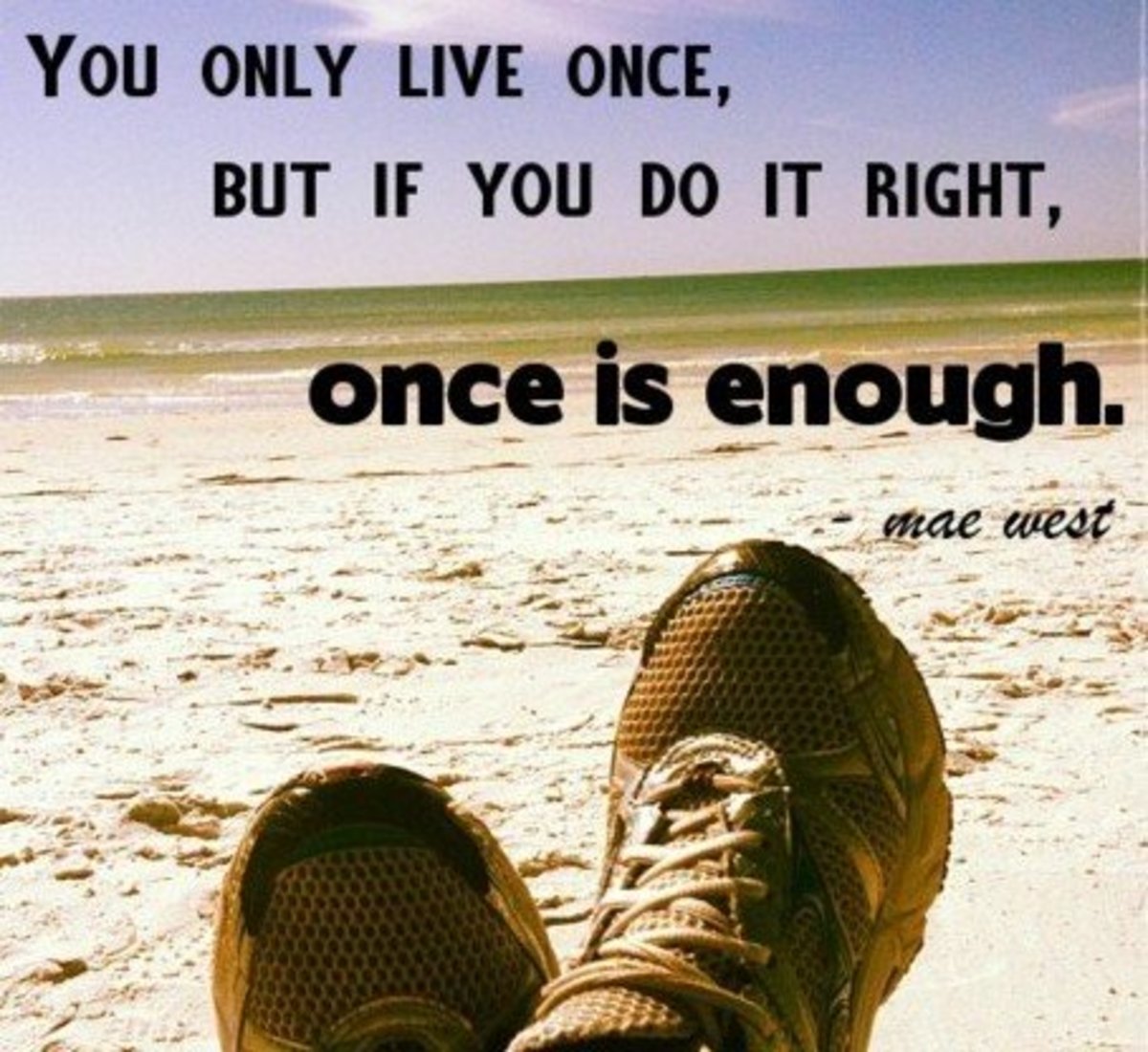- HubPages»
- Health»
- Quality of Life & Wellness»
- Personal Development
Why We Develop Habits
The Habit Loop
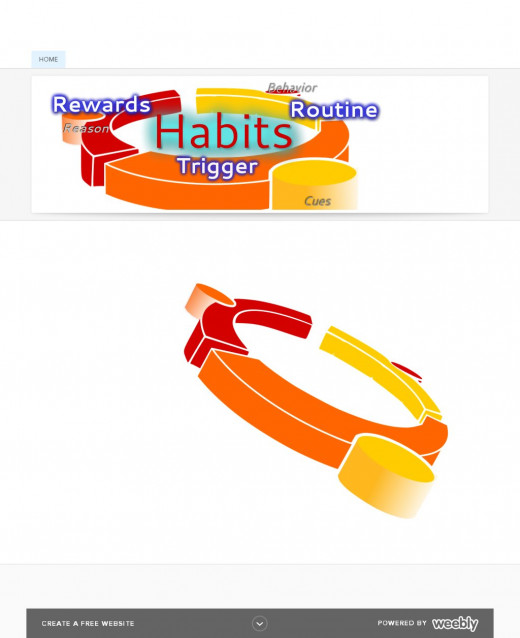
How Habits Start
How Habits Form
Habits are part of human nature. We all have them. Habits are formed from a three part psychological pattern known as a habit loop. It starts with a trigger or a cue that signals our brain to go into automatic, allowing the behavior to begin. The next part of the process is the behavior itself, or the routine. The third part of a habit is the rewards we get from doing it. The reason we do a good or a bad habit is our reward. Rewards satisfy our cravings, our needs and motivate us to do the habit. Rewards are something that our brain likes.
A habit occurs without conscious thought. We form habits when our actions are tied to a trigger from consistent repetition. When the trigger occurs, we have an automatic response to do the action.
Daily Routine
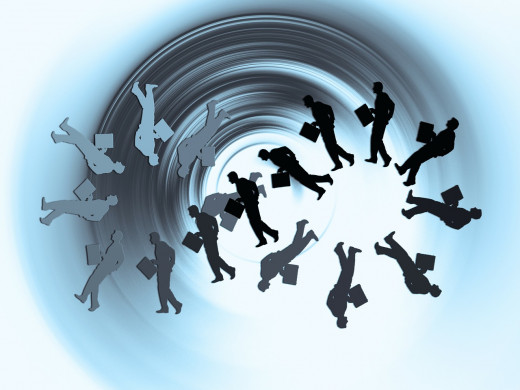
Habits and Our Daily Routine
We have an assortment of habits from the way we make coffee in the morning, eating when stressed, driving to work the same route, checking email at a regular time of day, we do these trigger habits without even being aware of them.
Habits are regular tendencies that have been formed from learned connections between responses and actions creating new behaviors that become automatic. Old habits are difficult to break and new habits are hard to form. Habits are created from behavioral repetitive patterns etched into the neural pathways of the brain. It is possible to form new habits and keep at it, but it takes work. Habits can be broken by controlling the cues that trigger the action. It is not so much controlling the habit, as it is controlling the cues.
Studies have shown that approximately 40% of a person’s everyday activities are done in almost the same situations. Habits begin with associative learning. Some patterns of behavior let a person reach their objectives. If our behavior works, we repeat it. When actions are repeated in a stable context, we create connections between the cues and response. One of the most important aspects of a habit is that it is automatic. Often we don’t recognize habits in our own behavior.
A large part of our everyday doings are taken up by habits that have been formed over a lifetime.
Habits are learned, and we can unlearn bad habits.
Habits help us to be mentally efficient by conserving our mental resources that we would normally have to use to watch and control these particular behaviors. This allows our brain to take on more difficult or new tasks. Habits are persistent and hard to break because they do not rely on conscious thought, or on our willpower
Our Habits and Our Minds
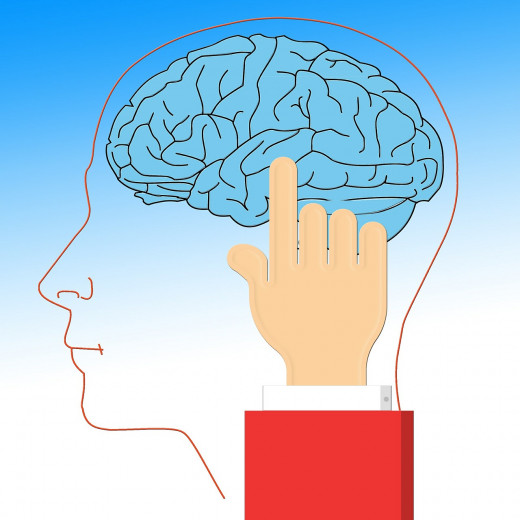
How Habits Affect Our Brain
Our brains are geared towards reward and pleasure. The sensory cues associated with memory and imagination motivate us to want to do something because we anticipate a reward from doing it. Wanting to eat, example signals a reward of eating, which causes dopamine to be released in our brain and changes in our neurons, neural pathways, and other structural functional elements of the brain. This happens with all addictions and good and bad habits. The brain actually releases more dopamine when you want to do something than when you are actually doing it. This is the brain’s reward game to trick us into getting us to want something enough to do it. The wanting becomes more pleasurable than the doing.
A compulsive eater for example, eats beyond the point of the pleasant and healthy experience because they are driven by the obsession of wanting to do it. The extra dopamine that is released when we want to do something because of a reward cue, is what is causing the obsession. The signature of an addiction is related to the dopamine. In people who do not overeat, the prefrontal cortex imposes impulse control and stops us when we have had enough to eat. People who have reduced serotonin, excessive stress, or prefrontal cortex damage have less ability to control their impulses. The inability to have this control allows bad habits to transform from something that may be normal, healthy, and pleasurable, like eating in the proper amount to a compulsive stimulus response habit in the dorsal striatum. For people who can control their impulses, they don’t understand why some people can’t. This causes a person to feel flawed. Our self perception is somewhat determined by how we believe others perceive us, based on how we are treated. Self esteem is affected by social stigmas attached to our habits. This in turn, increases our stress, decreases our serotonin, and compromises our prefrontal cortex functioning and leads us to more poor habits.
Read More About Habits
How Habits are Formed
How do we form habits?
-
Actions that we once performed consciously became automatic and we began to be less conscious of it.
-
With consistent repetition over the years
-
feedback loop that encourages us to to repeat the behavior because of the pleasure and comfort it gives us. We get positive feedback from the behavior and negative feedback when we don’t do it, and this makes us want to keep doing it, whenever the the cue occurs, which starts the creation of the habit.
When we learn something new, like riding a bike, it is extremely difficult. Then at some point we master it. We do it automatically, without even thinking about what it takes to do what was once so hard.
Habits are formed through a process known as context dependent repetition that creates a mental link between circumstances and and our reaction. Each time that circumstance occurs and we react to the situation, the habit becomes more ingrained, and the link between the two are strengthened.
Some people believe that it takes 21 days to form a habit. But according to a study done in 2009 by researchers, Phillippa Lally,, Cornelia H. M. van Jaarsveld, Henry W. W. Potts, and Jane Wardle from UCL in London, England, it can take anywhere from 18 to 254 days to form a habit, with the average being about 66 days. The study showed there were variations in how strong the habit became depended on the complexity of the behavior, and that there was a variation in how quickly a person can form a habit.
Habits and Our Behavior
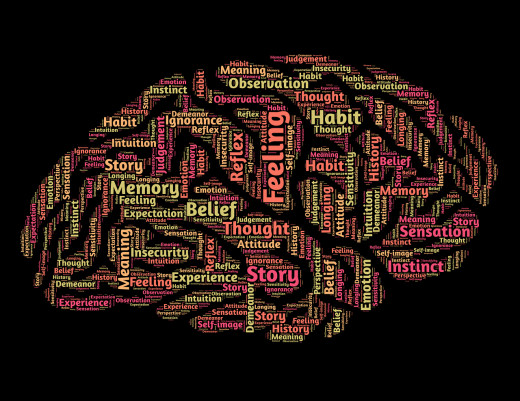
Habits Are in Everything We Do
Many of our habits are cued unconsciously from our environment, some are visual cues. We can go on autopilot. Doing things becomes somewhat effortless.
Whatever our habits are, they follow the same behavioral and neurological patterns.
Habits are in everything we do. In watching an athlete, an actor, a teacher, a salesperson, how we clean our surroundings, the way we drive, the way we brush our teeth, and almost everything we do routinely, the mundane and ordinary things we do every time is usually done in the exact same way. Habits allow us to access the prefrontal cortex part of our brain so that we use less energy to perform tasks. It is our prefrontal cortex that we use for complex thinking, emotions problem solving, and behavioral functioning. It located in the front part of the brain, behind our forehead, and is highly developed in human beings. It is a sophisticated part of the brain. In the more primitive area of the brain, the basal ganglia we have a sort of autopilot that controls many of our breathing, swallowing, and our habits.
It is our routines and our habits that let our brains use less energy, so that we can save our efforts and willpower for the cognitive tasks that we may need throughout the day. When we are too tired to think, our habits naturally take over. Routines are natural to our functioning, but we may be consciously paying attention to what we are doing. Habits are done mindlessly. Habits make our routines effortless.
Do your habits control you or do you control your habits?






